31 Oct For-profit college rules stir fierce debate
James Marshall Crotty
The new for-profit college rules announced this week by the U.S. Department of Education have elicited vehement detractors from both sides of the debate, who believe that the regulations either go too far or don’t go far enough. The Mississippi Center for Justice, for example, argues that the Obama administration’s final “gainful employment” (GE) regulations — found in a detailed 945-page report available here — represent a “watered-down version” of the robust regulations proposed earlier this year by a Department of Education committee.
The Center and similar critics point out that by dropping a program’s student loan default rate from the final regulations, the new GE regime fails to measure educational outcomes for drop-outs, who are often saddled with huge debt, but no degree. Moreover, they note, and as I have previously noted, tuition at the nation’s 3400 for-profit colleges will likely remain four to six times higher than at a comparable public institution of higher learning. In addition, for-profit college students will still have trouble transferring credits to nonprofit community colleges or four-year schools because many nonprofits will still lack proper accreditation.
A 2013 report from the Mississippi Center for Justice found that for-profit colleges prey on veterans. It is hard to see, argues the Center, how the new regulations end the exploitation of veterans and other vulnerable students “while taxpayers pick up the tab.” Notes Whitney Barkley, Staff Attorney at the Mississippi Center for Justice, in an email to Crotty on Education, “Despite overwhelming evidence that for-profit colleges routinely fail to deliver on their promises to working families and veterans, the Department of Education missed an opportunity to link federal dollars to better student outcomes.”
The Obama administration is having none of this. A Department of Education spokesperson called the claims “misleading.” In addition, 1400 of the 5500 programs – representing about 840,000 students — covered by the new regulations would fail the new Obama gainful employment benchmarks (the parameters of which were outlined in my previous post, “Obama Tightens Screws On For-Profit Colleges”). Under the Obama administration’s first set of GE regulations — which a federal judge stopped in 2012 — only 193 programs would have failed. While the March draft of the new standards would have failed 1900 programs, most for-profit colleges would have remained in business.
This confirms that the Obama administration is not trying to completely kill off the for-profit college sector, though for-profit college industry representatives are nonplussed. Steve Gunderson, president and CEO of the Association of Private Sector Colleges and Universities (APSCU), noted on the APSCU website that the new regulations are “nothing more than a bad-faith attempt to cut off access for millions of students who have been historically underserved by higher education … Once again, the Department” [of Education] “arbitrarily … favored public institutions that benefit from generous taxpayer operations subsides, but have lower graduation rates and higher default rates over programs at private sector institutions where graduates are achieving real earning gains and successfully repaying their loans.”
Gunderson added that the new regulations fail to take into account student income and demographics and focus too heavily on “early-year earnings” as the ultimate measure of the value of an education over a student’s lifetime.
Those are the opposing sides, with the Obama administration caught in the middle.
– Crotty


